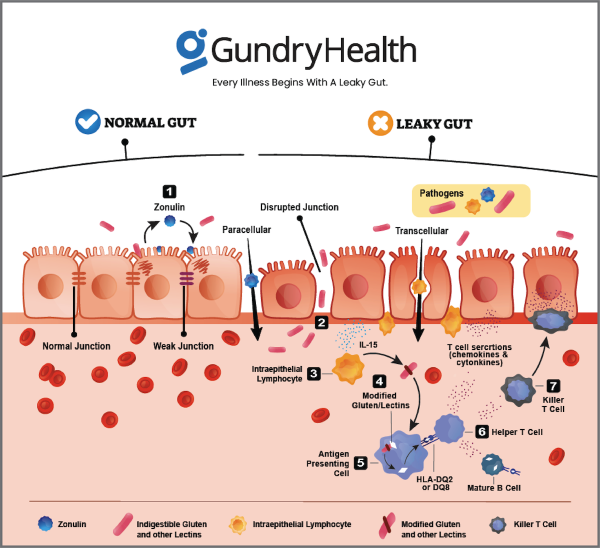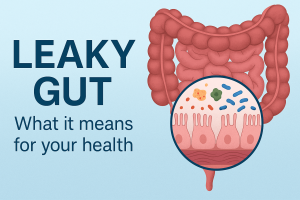Small Airway Disease
Understanding Its Impact on the Respiratory System
Small airway disease, also known as distal airway disease, is a respiratory condition that primarily affects the bronchioles, which are the smallest airways in the lungs. This article aims to provide a detailed overview of small airway disease, its causes, effects on the respiratory system, and the treatment options available.
Defining Small Airway Disease
Small airway disease is a group of infectious and non-infectious conditions that affect the small airways, which are airways that are more peripheral to the main bronchi and proximal bronchioles. Small airways have an internal diameter of ≤2 mm and are located between the 4th and 14th generation of airways1.
Small airway disease is a condition characterized by inflammation and obstruction in the bronchioles. Symptoms often include coughing, wheezing, shortness of breath, and chest discomfort. Unlike other respiratory illnesses such as asthma or chronic obstructive pulmonary disease (COPD), small airway disease specifically targets the bronchioles, often leading to more subtle symptoms that can be overlooked.
Causes and Risk Factors
The exact cause of small airway disease remains unknown; however, several risk factors have been identified. These include smoking, exposure to certain environmental pollutants, genetic predisposition, and certain viral infections. A lifestyle focused on wellness, including a balanced diet, regular exercise, and avoidance of smoking, can help reduce the risk of developing this disease.
Symptoms
Small airway disease can cause symptoms such as coughing, wheezing, a feeling of tightness in the chest, trouble breathing, shortness of breath, and chronic cough that clears mucus (sputum) from your airways234.
Causes
Small airway disease can be caused by a variety of factors, including hypersensitivity pneumonitis, respiratory bronchiolitis interstitial lung disease, micro carcinoid tumourlets, diffuse idiopathic pulmonary neuroendocrine hyperplasia, drug-induced small airways disease, COVID-19 infection, allergies to pets, dust, pollen, or mold, smoke, exercise, respiratory infections, and long-term exposure to irritating gases or particulate matter, most often from cigarette smoke12534.
The Impact on the Lungs and the Respiratory System
Small airway disease causes inflammation and obstruction in the bronchioles, leading to difficulty in breathing. Over time, this can lead to decreased lung function and may progress to COPD, especially in individuals who smoke.
Moreover, chronic inflammation in the bronchioles can result in the formation of scar tissue, further reducing lung function and leading to complications such as respiratory failure if not managed effectively.
Real-Life Patient Experiences
Patients with small-airway disease are prone to develop cor pulmonale, mainly as a result of widespread hypoxic pulmonary vasoconstriction and the consequent9. Patients with critical COVID-19 had higher chances of chronic kidney disease, chronic obstructive pulmonary disease (COPD), type 2 diabetes, and small airway disease10.
Treatment Options for Small Airway Disease
The primary goal in managing small airway disease is to alleviate symptoms and prevent further lung damage. This often involves a combination of medication, lifestyle changes, and in some cases, pulmonary rehabilitation.
- Medication: Bronchodilators and corticosteroids are commonly used to reduce inflammation and widen the airways, making it easier to breathe.
- Lifestyle Changes: Quitting smoking, maintaining a healthy weight, and regular exercise can help manage symptoms and slow the progression of the disease.
- Pulmonary Rehabilitation: This program combines exercise training, nutritional advice, and counseling to improve lung function and quality of life.
Despite these challenges, many people with small airway disease lead active and fulfilling lives. Early diagnosis and treatment play a crucial role in managing the disease effectively.
Treatment Options
The treatment of small airway disease depends on the underlying cause and severity of the disease. Inhalation drugs are the main treatment for stable chronic obstructive pulmonary disease (COPD), and inhaled corticosteroids (ICS) + long-acting beta2-agonist (LABA) are used to treat patients with severe and severe airflow limitation6. Anti-inflammatory therapy with ICS, with or without LABA, is the cornerstone of management for asthma7. Other treatments may include pulmonary rehabilitation, a specialized program of exercise and education, oxygen therapy, lung volume reduction surgery, and surgery or a lung transplant, although these are only options for a very small number of people8.
In conclusion, small airway disease is a complex condition that requires a comprehensive understanding for effective management. By recognizing the symptoms early and seeking prompt medical attention, patients can mitigate the impact of the disease on their respiratory system and maintain a high quality of life.
Get personalized care and recommendations for Small Airway Disease from Dr Gundry-Approved program
If you’re looking for more guidance about Small Airway Disease than this short list of recommendations, Dr. Gundry’s unique health program is now available to you (without needing an appointment at one of Dr. Gundry’s two, waitlist-only West Coast clinics).
Thanks to the pioneering work of Dr. Gundry and his team at Gundry Health, patient care team trained in Dr. Gundry’s unique holistic methods are now available to help you craft your own personalized Small Airway Disease program.
It’s easy to get started.
Simply click the link below to get more information about personalized Small Airway Disease treatment plan options, so you can get expert analysis, diagnostic care, and a plan for tackling Small Airway Disease, arthritis, or other autoimmune diseases.
Each patient care team member at Gundry Health is Board Certified and trained in Dr. Gundry’s renowned approach to functional medicine and care.
Get your personal lab data and talk to a U.S. licensed doctor. Click Here.







